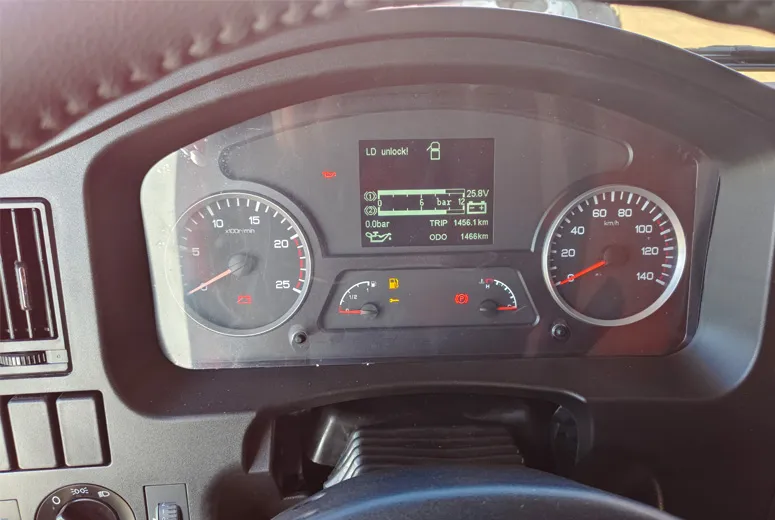hrc cartridge fuse
Understanding HRC Cartridge Fuses Essential Components for Electrical Protection
In the realm of electrical systems, safety and reliability are paramount. One of the key components that ensure these qualities is the HRC (High Rupturing Capacity) cartridge fuse. This article delves into the characteristics, functioning, and applications of HRC cartridge fuses, highlighting their indispensable role in modern electrical installations.
What is an HRC Cartridge Fuse?
An HRC cartridge fuse is a type of overcurrent protection device designed to isolate electrical faults and prevent potential hazards such as overheating, fire, or equipment damage. The term cartridge refers to the cylindrical casing that houses the fuse element, which is composed of a material that melts when the current exceeds a certain threshold. The high rupturing capacity aspect indicates that these fuses can interrupt higher fault currents without damage to the equipment.
Key Components of HRC Cartridge Fuses
HRC cartridge fuses consist of several crucial components
1. Fuse Element This is the wire or metal strip that melts when the current exceeds the fuse's rated capacity. The material and design of the fuse element are critical in determining the fuse’s performance under short-circuit conditions.
2. Fuse Body Typically made of ceramic or glass, it serves as a strong and heat-resistant enclosure protecting the fuse element. The body is designed to withstand high temperatures generated during a fault condition.
3. End Caps These are the terminals at each end of the fuse body, allowing it to be securely connected to the electrical circuit. The design of the end caps ensures reliable electrical contact.
4. Sand Filling Many HRC fuses are filled with sand, which plays a vital role during a fault condition. The sand helps to absorb the heat generated by the arc formed when the fuse element melts, facilitating quicker interruption of the circuit.
How HRC Cartridge Fuses Work
The operation of an HRC cartridge fuse is relatively straightforward. Under normal operating conditions, the fuse allows current to flow freely. However, if the current surpasses the predefined rating, the fuse element heats up and eventually melts, breaking the circuit. This rapid response is crucial in preventing equipment damage or fire hazards associated with overloads and short circuits.
The sand within the fuse body plays a sophisticated role in this process. When the fuse element melts, an arc can form between the separating ends of the molten material. The sand extinguishes this arc by absorbing the heat and quenching it, thus ensuring that the circuit is broken cleanly and quickly.
hrc cartridge fuse

Advantages of HRC Cartridge Fuses
HRC cartridge fuses offer numerous advantages over traditional fuses
1. High Current Interrupting Capacity HRC fuses can handle larger fault currents, making them ideal for industrial applications where such conditions may arise.
2. Fast Acting They respond rapidly to overcurrents, reducing the potential damage to connected equipment.
3. Low Voltage Drop HRC fuses have a low voltage drop, contributing to more efficient circuit operation.
4. Versatility Available in a range of ratings and sizes, HRC fuses can be used in various applications, from residential settings to heavy industrial environments.
5. Enhanced Safety By interrupting circuits quickly and effectively, HRC fuses contribute to safer electrical systems by minimizing fire hazards and equipment damage.
Applications of HRC Cartridge Fuses
HRC cartridge fuses are employed in diverse applications, including
- Industrial Machinery Protecting motors, generators, and transformers from overcurrent conditions. - Commercial Lighting Ensuring safe operation of lighting circuits in commercial buildings. - Renewable Energy Systems Protecting solar inverters and other renewable energy installations. - General Power Distribution Safeguarding electrical panels and distribution boards.
Conclusion
In conclusion, HRC cartridge fuses are crucial components in maintaining the integrity and safety of electrical systems. Their high rupturing capacity, rapid response time, and reliability make them an indispensable choice in various applications. As the demand for electrical safety continues to grow, understanding these vital devices will help individuals and industries alike to make informed decisions in protecting their electrical circuits. Whether in residential, commercial, or industrial settings, HRC cartridge fuses represent a smart investment in safety and efficiency.
-
SINOTRUK HOWO 84 Electric Dump Truck for Eco-Friendly Heavy HaulingNewsJul.26,2025
-
The Fast 16-Gear Manual Transmission Assembly for Heavy TrucksNewsJul.25,2025
-
Mercedes Benz Actros 1848 42 Tractor Truck for Sale - Reliable PerformanceNewsJul.24,2025
-
High-Quality Water Pump Assembly for Sinotruk Trucks – Durable & ReliableNewsJul.23,2025
-
Premium Truck Engine Antifreeze Coolant Fluid for Heavy Duty VehiclesNewsJul.22,2025
-
FOTON View G7 Mini Bus: Affordable & Spacious TransportNewsJul.22,2025
Popular products

























